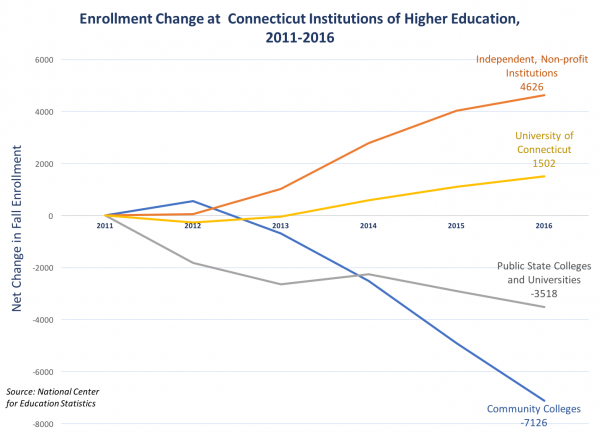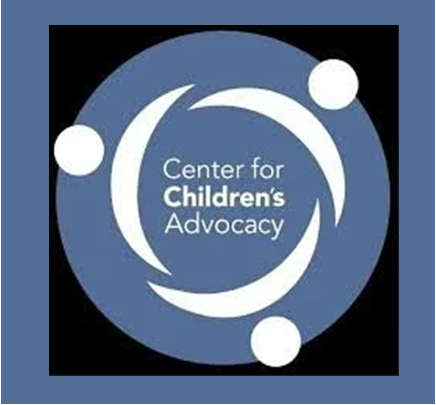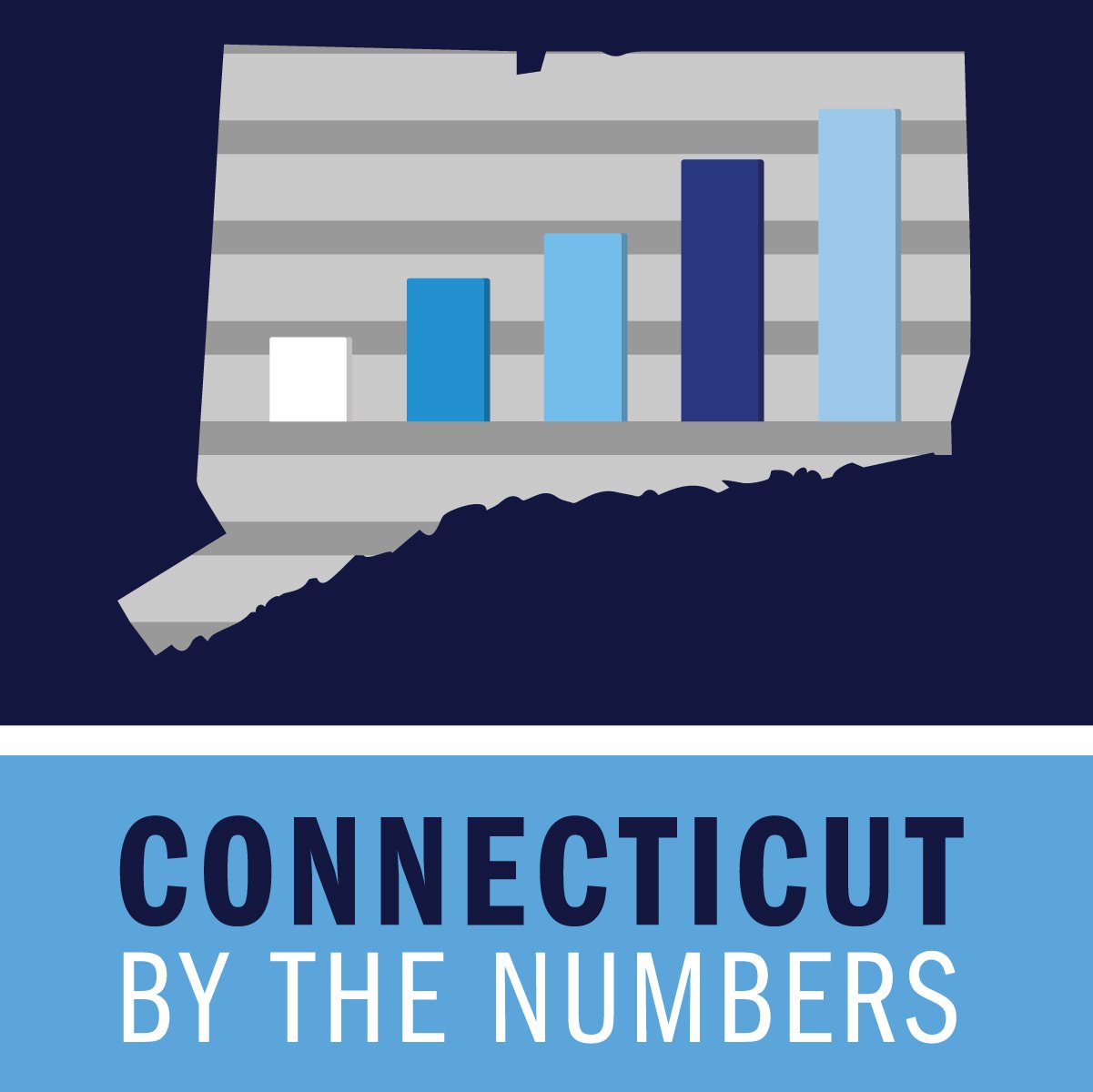Electing More Women to Legislature in 2018 Would Reverse Trend in CT
/Among the political questions of the new year is whether the events of 2016 and 2017 will lead to more women running for legislative seats in 2018 and to more being elected. That’s on the mind of political obervers in Connecticut as elsewhere around the nation. If that were to happen in Connecticut, it would reverse a near decade-long decline in the number of women serving at the State Capitol, which has seen the state fall from 7th to 19th since 2011 in the percentage of women serving in the legislature.
When the current legislature was elected, the make-up of Connecticut’s General Assembly was 27.8 percent women. That ranked Connecticut 19th among the states, slightly above the states average of 24.9 percent, according to data from the National Conference of State Legislatures.
The Connecticut legislature has 187 members, including 151 in the House and 36 in the Senate. The number of seats in other states varies. Of the 151 House members, 43 are women as 2018 begins. In the Senate, nine of the 36 members are women.
Higher percentages of women were elected to serve in state legislatures in the New England states of Maine, New Hampshire, Rhode Island and Vermont, as well as Alaska, Arizona, Colorado, Idaho, Illinois, Kansas, Maryland, Minnesota, Montana, Nevada, New Jersey, New Mexico, Oregon, and Washington.
The percentage in Massachusetts was 25.5 and in New York 27.7, just behind Connecticut. Arizona’s 40 percent, Nevada’s 39.7 percent, Vermont’s 39.4 percent, and Colorado’s 38 percent lead the nation.
 Compared with other states, the percentage of women in Connecticut’s legislature has been dropping, in real numbers and as compared with other states. In 2015, the percentage was 28.3 percent; in 2013 it was 29.4 percent; in 2011 Connecticut’s legislature was 29.9 percent women. In 2009, Connecticut’s legislature included 31.6 percent women, which was the seventh highest in the nation.
Compared with other states, the percentage of women in Connecticut’s legislature has been dropping, in real numbers and as compared with other states. In 2015, the percentage was 28.3 percent; in 2013 it was 29.4 percent; in 2011 Connecticut’s legislature was 29.9 percent women. In 2009, Connecticut’s legislature included 31.6 percent women, which was the seventh highest in the nation.
Currently, the highest ranking woman in the legislature is House Minority Leader Rep. Themis Klarides (R-Derby). During 2017, in handful of legislative Special Elections to fill vacant seats, the only woman to run, Democrat Dorinda Keenan Borer, was elected to represent West Haven’s 115th Assembly District in February.
In Virginia’s election this past November, pending final certification of results, there will be 28 women in the Virginia House next year. Including the 10 women serving in the Senate, which did not have elections, the 38 women will make up 27 percent of Virginia’s legislators. NCSL reports “this is a significant increase from the pre-election numbers, of 27 women, or 19 percent of the legislature, and the most women ever to serve in Virginia.” One of the races has yet to be decided, and is currently considered to be a tie. One of the two candidates is a woman.
The data, compiled at the start of legislative terms, is subject to change during legislative terms due to resignations, appointments and special elections, in Connecticut and other states.



 The Yale School of Public Health also
The Yale School of Public Health also 




 Of the more than 330,000 senior households, an estimated 76 percent are homeowners and 24 percent are renters. This represents higher home ownership rates than the state as a whole (67% of 1.35 million households).
Of the more than 330,000 senior households, an estimated 76 percent are homeowners and 24 percent are renters. This represents higher home ownership rates than the state as a whole (67% of 1.35 million households).

 he Division of Pediatric Surgery since 2007 and is an associate professor of pediatrics and surgery at UConn Health. In announcing her appointment, Connecticut Children’s pointed out that through her research, Finck “revolutionized outcomes of pediatric and neonatal diseases, most specifically leading efforts focused on identifying and treating those that affect the lungs, esophagus and brain.” She was honored by The Group on Women in Medicine and Science, who awarded her the Outstanding Clinical Scientist Woman Faculty Award, last year.
he Division of Pediatric Surgery since 2007 and is an associate professor of pediatrics and surgery at UConn Health. In announcing her appointment, Connecticut Children’s pointed out that through her research, Finck “revolutionized outcomes of pediatric and neonatal diseases, most specifically leading efforts focused on identifying and treating those that affect the lungs, esophagus and brain.” She was honored by The Group on Women in Medicine and Science, who awarded her the Outstanding Clinical Scientist Woman Faculty Award, last year.







































